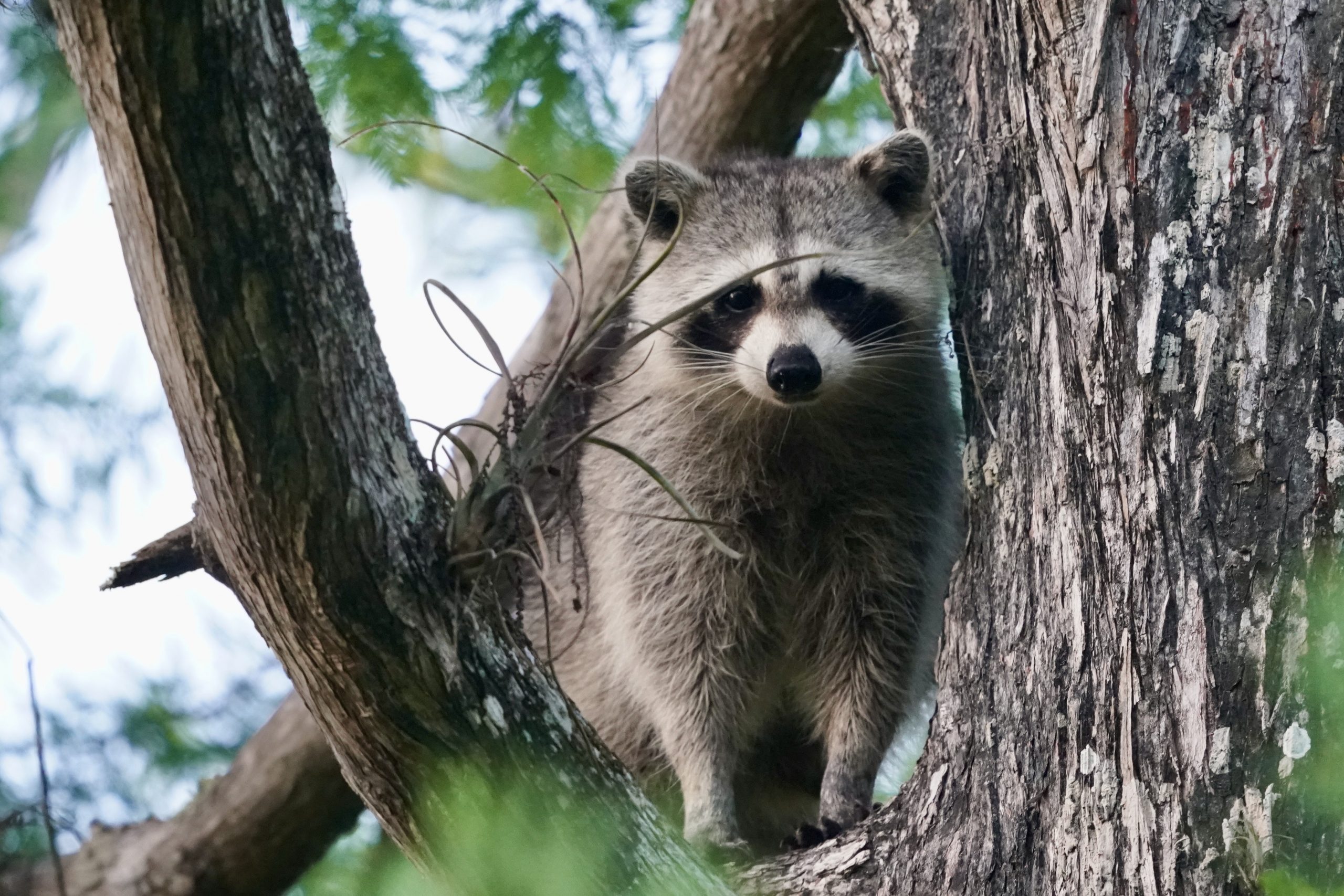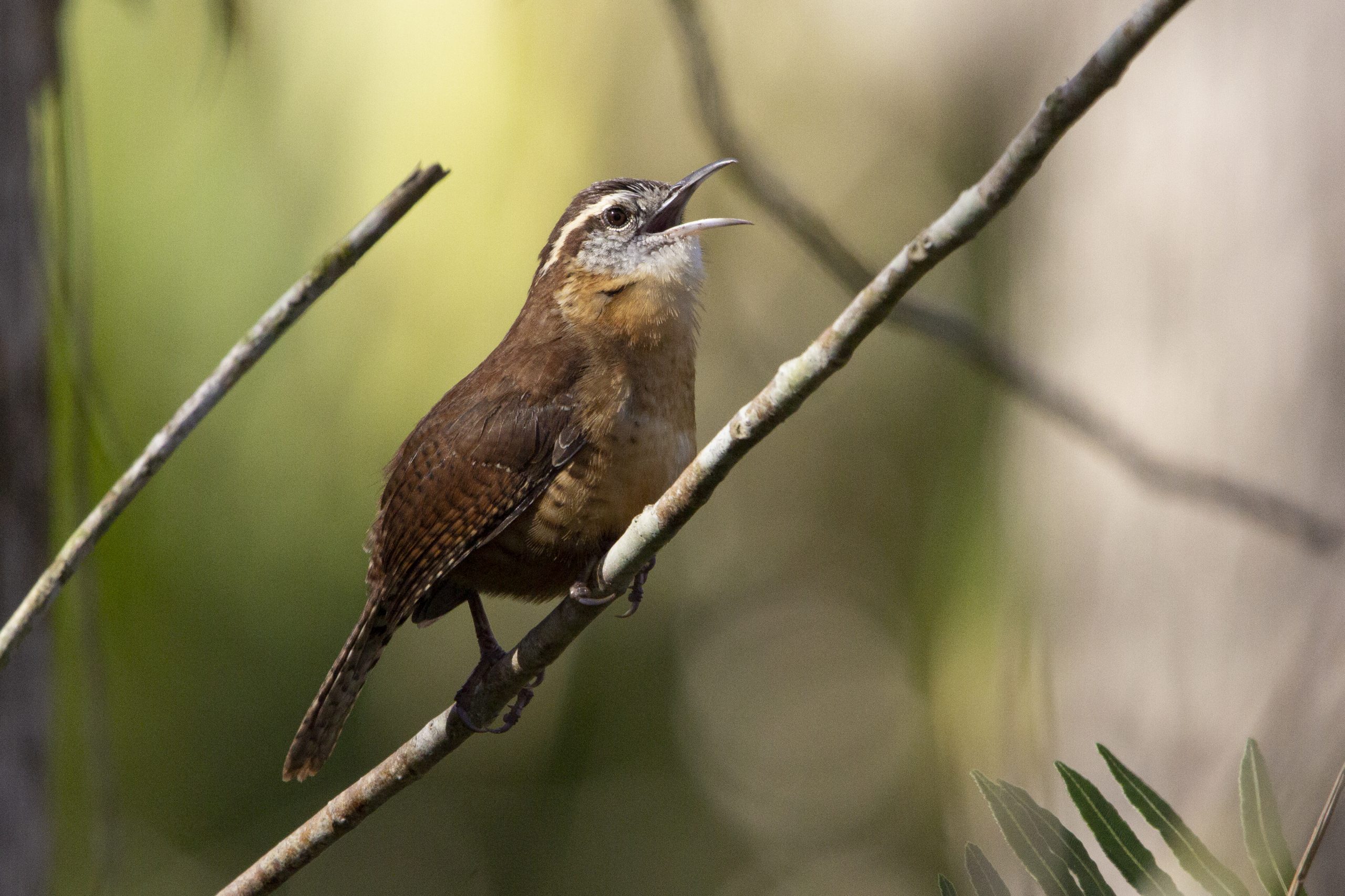by Allison Vincent, CREW Trust Communications Director
Geocache Day April 24, 2021 at CREW Marsh Trails, 9 a.m. – 12 p.m. Register here for this event as space is limited.

Geocaching is an any day, anytime adventure that can take you to amazing and beautiful places or even just to a place in your town that you’ve never been before! That’s the introductory hook of the “What is Geocaching?” video on the Geocaching website, Geocaching.com, that captures the excitement and universal enjoyment of Geocaching adventures. The caches at CREW fit neatly into the “amazing and beautiful places” category with 122 active caches!
What is Geocaching you might ask! Geocaching is a real-world, outdoor treasure hunt using GPS-enabled devices to locate your geocache. Participants navigate to a specific set of GPS coordinates and then attempt to find the geocache (container) hidden at that location. These containers vary greatly in size and appearance. In the field you will see everything from large, metal cases, a fake stump with a hidden compartment, to a coconut with a film canister sized hole drilled out. First thing you need to do is get a general idea of the cache’s size from the cache page then narrow down your search with the location point. When you arrive at your coordinates, put down your GPS device and look around for the cache. Think to yourself, if I were to hide a cache, where would I put it?

Many individuals, families and friends start Geocaching because they like to get out in nature and experience places they would never have seen before with a purpose in mind. Geocaching brings that extra layer of motivation that gets all ages out the door exploring. Often Geocaching includes solving puzzles, searching for clues and answering riddles that challenge you to see your environment in a new way. When you go Geocaching get ready to challenge yourself in a mental exercise, in addition to a physical one! It’s literally active problem solving! Geocaching also lends itself to seeing a place like a local, often embracing insider knowledge of an unknown area. So, get out there, visit new spots like a local and discover incredible places like the CREW trails through fresh eyes!
Q & A with Pete Corradino AKA JunglePete of Everglades Day Safari
What originally got you into Geocaching?
In 2004, I was working as an environmental educator for the Vermont Institute of Natural Science. I had befriended a man on one of my programs who was an avid hiker and was looking to go on a 4-mile excursion to a half-frozen waterfall. He needed someone to accompany him for safety reasons and so I volunteered. During the 2-mile trek up to the falls he revealed his primary purpose for the hike, but I was sworn to secrecy. I was a bit concerned he was going to push me over the falls, but he turned out to be an active geocacher in the early years of the sport. Here we were, only four years after Geocaching was invented, creating one of only a few thousand geocaches hidden around the world! It’s named “between a rock and a hard place” and was placed in 2001 – just a year after geocaching started and it’s still active! While the idea of finding a hidden container in the woods and logbook to write of your adventure was intriguing, the most important thing to me was that it brought me to this place – Lye Brook Falls and I have this story to retell. It set me off on thousands of adventures in the US, Canada and Ecuador, everyone with their own story!
Do you have any advice for new Geocachers?
Go to events! You’ll meet interesting, weird, goofy, fun, adventurous people and that leads to crazy new adventures too. I’ve met some of my best friends through geocaching including Milla and Dick (Nolehawks) who are like surrogate grandparents to my kids. I would also say enjoy “the numbers”, the statistics that you accumulate over time, but appreciate the experience (good and bad) that comes from finding these hidden treasures.
Tell us your best geocaching story.
During Hurricane Irma we evacuated to Pikeville, Tennessee where my family lives. They brought us out to Fall Creek Falls State Park which has spectacular waterfalls and scenic views along a mountain ridge. There are a few caches in the park, but Piney Creek Falls was my favorite and probably the most dangerous one I have found. I had to cross a swinging bridge that traversed a small chasm. From there my 7-year-old son and I descended to the river, made our way across cold, wet rocks and then removed our socks and shoes so we could make it the rest of the way across the river. Once we had our socks and shoes back on, we climbed 20 feet up a cliff landing where my son sat with my camera taking pictures of me as I climbed another 20 feet straight up above the river to find a cache that was tucked into a rock ledge. It was quite the adrenaline rush and fortunately my son didn’t have to record me plummeting to my death on my birthday while retrieving a cache.
What type of gear works best?
I use my iPad and iPhone which is limited by cell service and battery life. I bring backup charging bricks to keep them charged for long excursions. Tweezers are good to retrieve paper logs that get stuck in the container and replacement paper and plastic baggies are helpful to maintain caches that need some love.
What makes the CREW trails a great place for geocaches?
The poison ivy! The green briars! The rattlesnakes! I absolutely love the CREW Marsh trails, the CREW Cypress Dome trails and the CREW Bird Rookery Swamp trails. We have had so much fun placing over 400 caches over the last 13 years. We can’t wait to put caches out on the CREW Flint Pen Trails! The thing that I love about these trails is I can hike for miles in solitude and each location has its own unique beauty. I love the dew-covered spider webs in the morning, the Zebra Longwings roosting before sunrise, the cypress dome at sunset. I could go on and on but the great thing about the caches of CREW is that it’s an introduction for many people to one of the least known and most beautiful places in Southwest Florida. Once people have visited and found a few caches they want to keep going and explore every nook and cranny including the Wild Coffee Trail, the Pop Ash Trail and even the service roads! I’ve seen bears, painted buntings, armadillos and so much more on those service roads and yes rattlesnakes and poison ivy.
Why should I come to Geocache Day at CREW?
Attending events is a great way to meet new people who share the same interest in geocaching. It brings together people that might not ordinarily meet and most importantly it brings everyone together to explore! This might be the first time that someone visits the CREW trails, or they may have been out to every event we’ve done since 2009. Either way we are all in good company!
Geocache Stats!
The very first Geocaching Event was held at CREW on 5/9/2009
12 Events have been held (4 at the CREW Marsh trails, 6 at the CREW Cypress Dome trails, 2 at the CREW Bird Rookery Swamp trail) and one was cancelled due to COVID.
As of Saturday 4/24/21 there will have been
290 Traditional Caches
59 Mystery Caches
21 Letterbox Caches
12 Event Caches
10 Multi Caches
7 Wherigo Caches
1 Earthcache
As of Saturday 4/24/21 there will be 122 active geocache
CREW Cypress Dome Trails – 36
CREW Marsh Trails – 41
CREW Bird Rookery Swamp Trails – 45
The Event on Saturday will be the 400th cache!
Thanks to the following geocachers who have placed caches over the years at CREW:
Blue Diamonds – Roger Terrel
FLPirate – Roger Primus
JunglePete – Pete Corradino
Junglito – Theo Corradino
Ecuadorable – MaLe Corradino
Lehigh Mafia – Rob & Staci Johnson
Matkat* – Gary Mangan
Nolehawks – Milla and Dick Voellinger
Pilot searcher – Brian Wylie
rbmotmot – Tim Hall
sandbetweenmytoes – Kris Slagle
Team Crime Scene – Kenny Jenkins
The Wench – Jean Primus





















































































